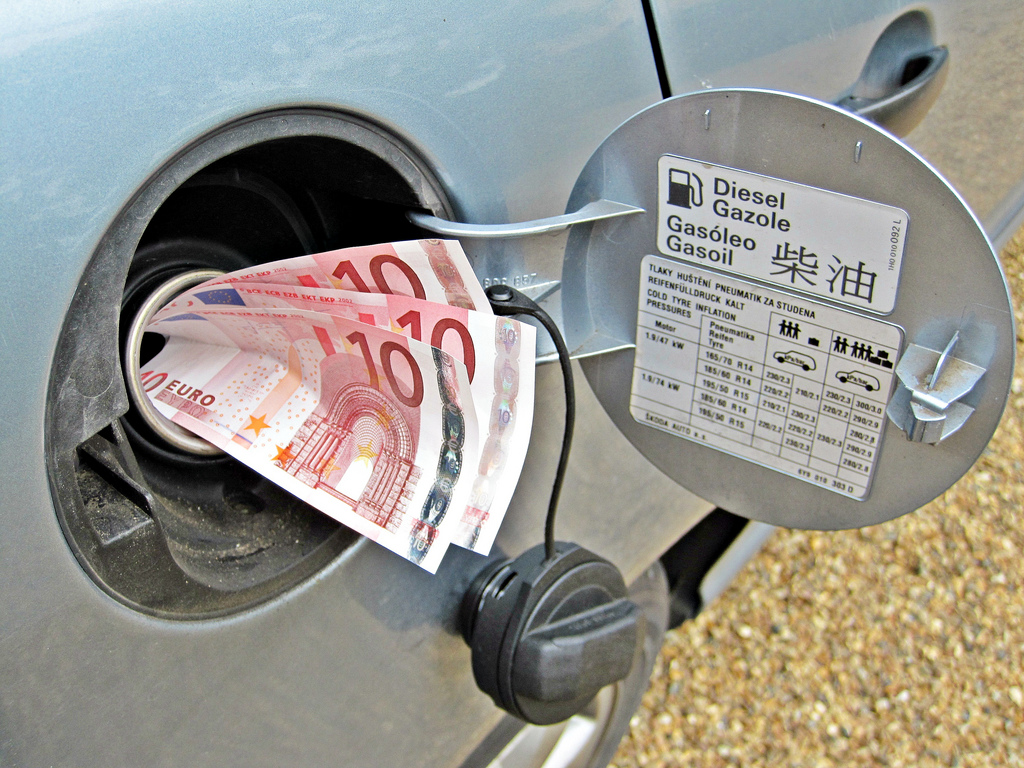According to Eurostat, the annual inflation rate in the Euro area was only 0.7% in February 2014. A year earlier that same rate stood at 1.8%. This has prompted concerns about the Euro Area slipping into deflation.

Deflation is defined as a general decrease of the price level. There have been several such episodes in history, for example the U.S. experience during the Great Depression, and Japan after its housing bubble burst in the early 1990s.
But, isn’t a decrease in prices a good thing?
Why do people worry about deflation? Isn’t a decrease in prices a good thing? Well, there are some theories about why deflation might be bad. Economist Irving Fisher (1867-1947) thought that the Great Depression was exacerbated by deflation.
If the price level falls, debt contracts become more expensive in real terms, and therefore more difficult to repay, leading to defaults, and eventually to a drop in consumption, a recession, and even more deflation. Also, if prices are expected to fall, consumers may wish to postpone their consumption, adding to the drop in consumption.

Second, there is no general expectation of deflation at the moment , so the vicious circle in which deflation expectations generate more deflation is not at work. According to the professional forecasters surveyed by the ECB, average inflation expectations over the next years are well above zero. See for yourself.
Finally, the largest fall in prices is in countries from the Euro area periphery. It is the low, sometimes negative, inflation rate in periphery countries that is lowering the European average. This is a symptom that the real exchange rate is finally adjusting in the European periphery. Without the possibility of nominal devaluations, an inflation rate lower than the average is the only way to get a more competitive real exchange rate .


wonder why prices going down can be a bad thing. if debts servicing gets more expensive it only means one thing, stop accumulating debt, talk of normalizing the abnormal